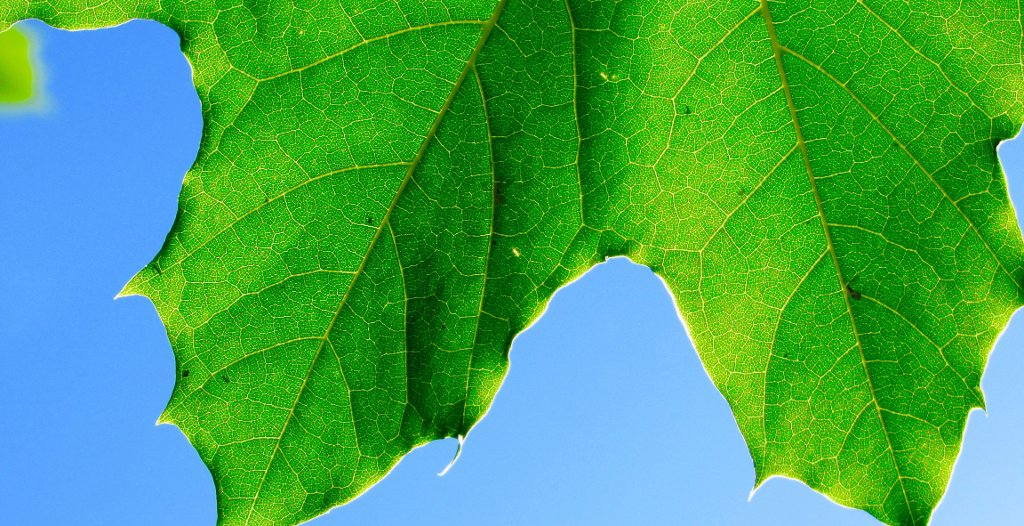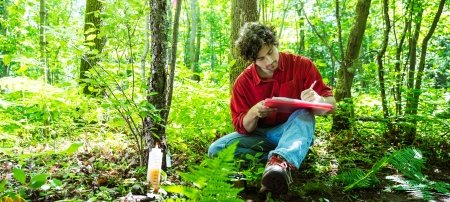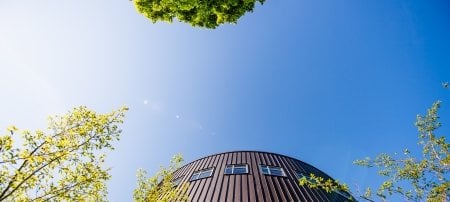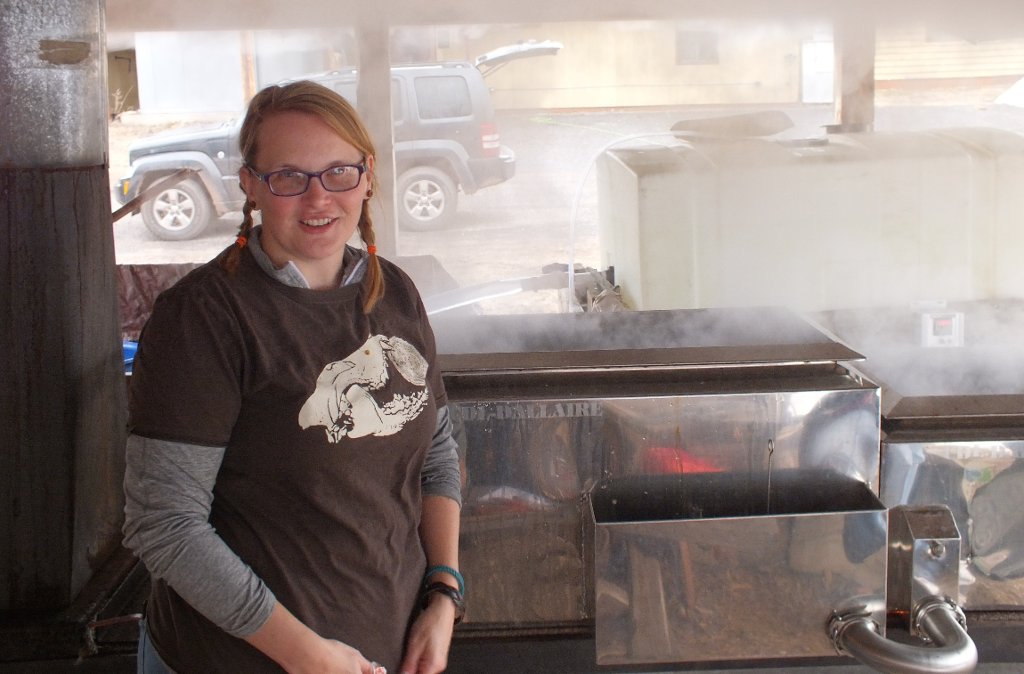In his guest blog, Munkaila Musah writes of the forests that connect his roots in Ghana to the doctoral work he now does in the Northwoods. He has cultivated a special connection to maple trees.
I was born in the forest and grew up with plants from the tropical rainforest; I felt good with nature. Little did I know how deep I was routed in this connection until my first call by a maple tree in October last year when I arrived in the US. I entered a flame of unlimited excitation with the aesthetic beauty of four mixed colors on the same tree that slowed my heartbeat and recalibrated my affinity for nature.
This enthrallment excited my curiosity about this North American hard wood; I wanted to dig beyond the magnificent beauty that outshone other trees and triggered a stream of unlimited consciousness.
I then met Jerry Jondreau who introduced me to the Ojibwe culture. He shared the Anishinaabeg (original peoples) history of the region and traditions associated with the sugar maple trees. I introduced myself to the sugar maples outside his house in the traditional fashion and offered my Tobacco and good intentions. The rich satisfaction of understanding the nature of the maple tree kept me rooted in my quest of knowing. I knew this connection from trying on my first pair of snowshoes to walk in the snow to the maple trees, fixing the bag for collection, my first touch of the spile or tap, drilling and installing the spile in the tree, the hammering and attaching the collection bag to the spile.
I was dazed to return the next day to see the once empty bags bloated with sap, some almost filled to the brim. I had my first taste of the lightly sweetened sap as we collected almost 250 gallons. I thought it was too much sap, but little did I know about the ratios of syruping—40 parts maple sap produce one part syrup (meaning 40 gallons sap yields a single gallon of syrup.) After gathering all the sap, I got the chance to boil it, with an irresistible smoke scent, and made some syrup and sugar with the Jondreau family. I say Migwiich! (Thank you in the Ojibwe language.)
I was baffled and thrilled about this discovery of personal triumph that deserves recognition. My interactions with the maple tree filled me to the brim like a sap bag with the exhilaration discovering true beauty in the generosity of Mother Nature. I later learnt that maple syrup is one of the sweeteners one should be using in small amounts that is a good alternative to cane sugar when used in moderation. It is lower on glycemic scale, so it affects blood sugar levels less than table sugars. I researched other benefits and realized that contrasting it with whole and refined grains, maple syrup contain higher levels of beneficial nutrients, antioxidants and phytochemicals than white table sugar or high fructose corn syrup.
This tree is a blessing of nature to the Ojibwe and Yoopers alike. Take a moment to visit the trees, interact with them, enjoy their gifts and you shall leave to testify as I am doing today. Baamaapii (see you later)!
Michigan Technological University is an R1 public research university founded in 1885 in Houghton, and is home to nearly 7,500 students from more than 60 countries around the world. Consistently ranked among the best universities in the country for return on investment, Michigan's flagship technological university offers more than 185 undergraduate and graduate degree programs in science and technology, engineering, computing, forestry, business, health professions, humanities, mathematics, social sciences, and the arts. The rural campus is situated just miles from Lake Superior in Michigan's Upper Peninsula, offering year-round opportunities for outdoor adventure.








Comments